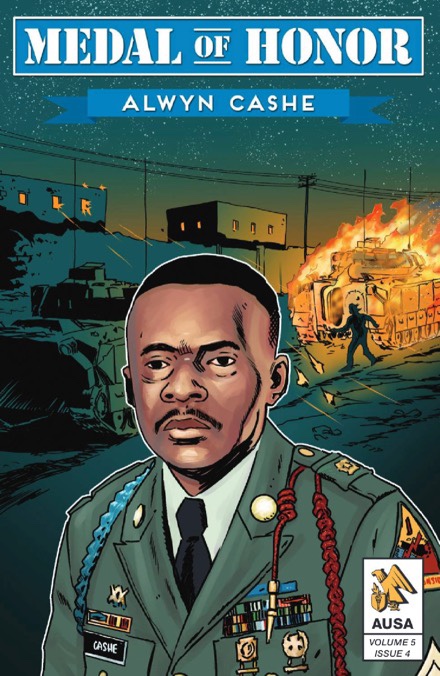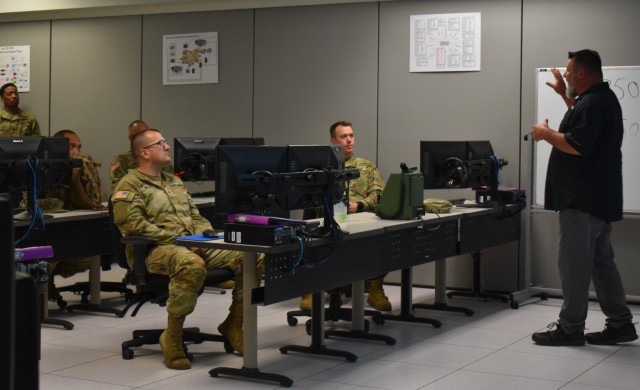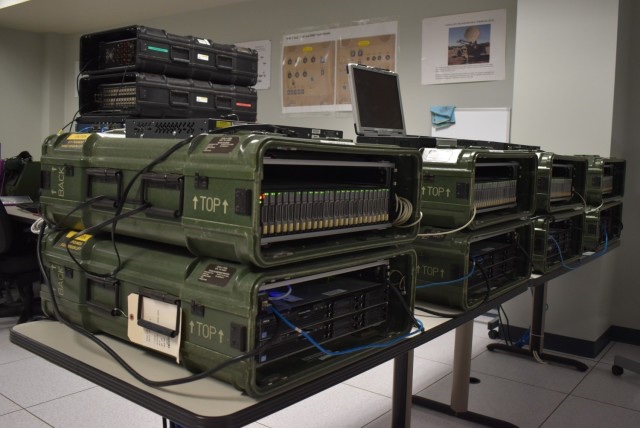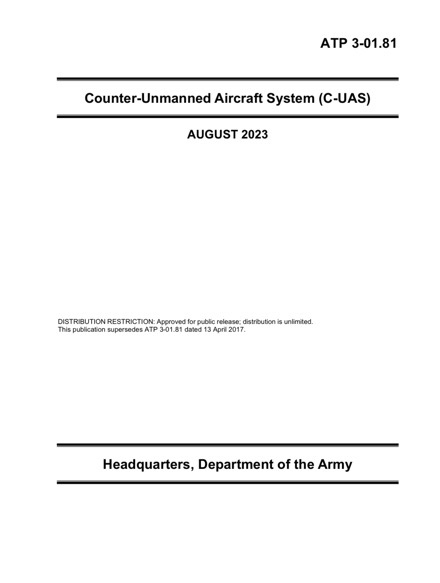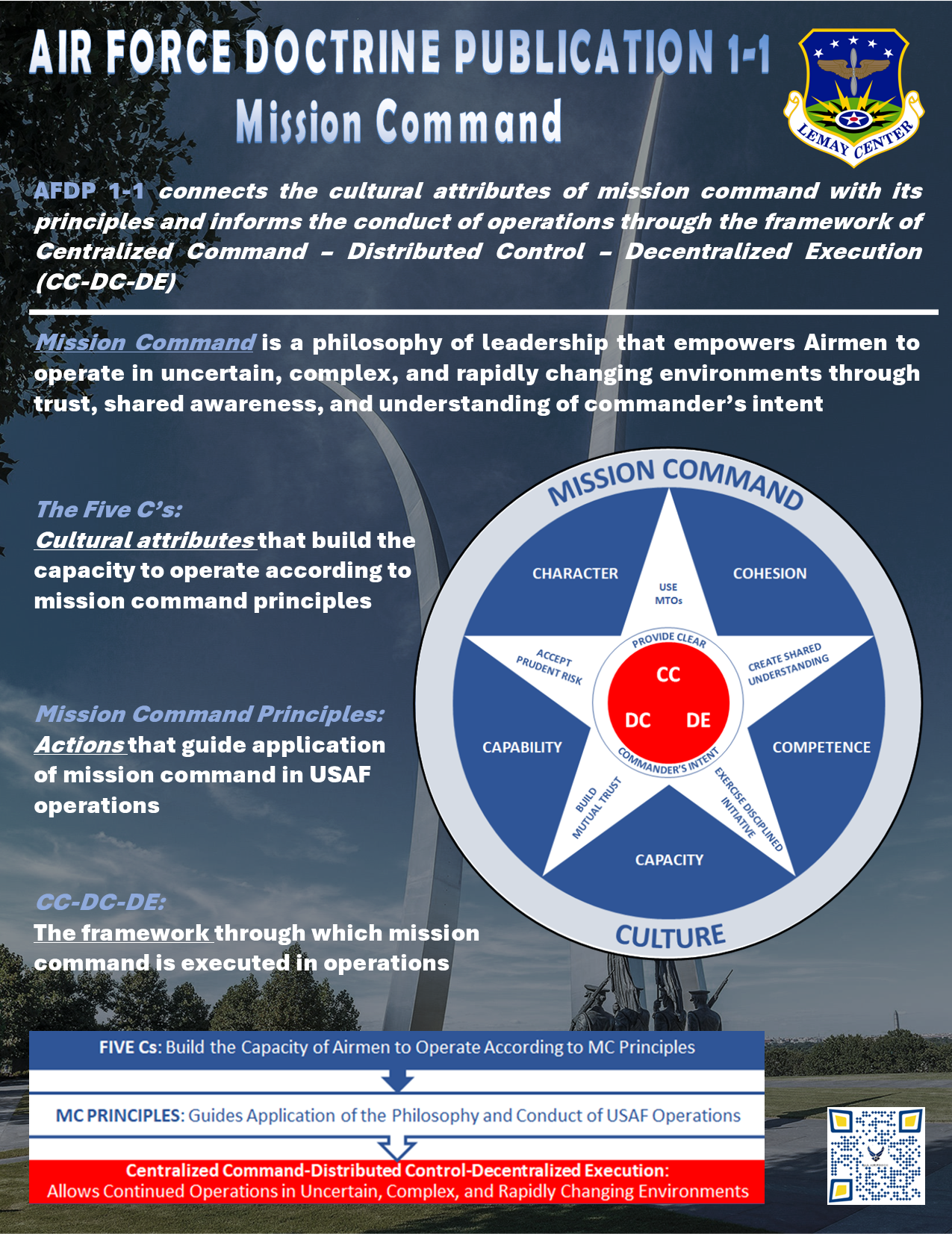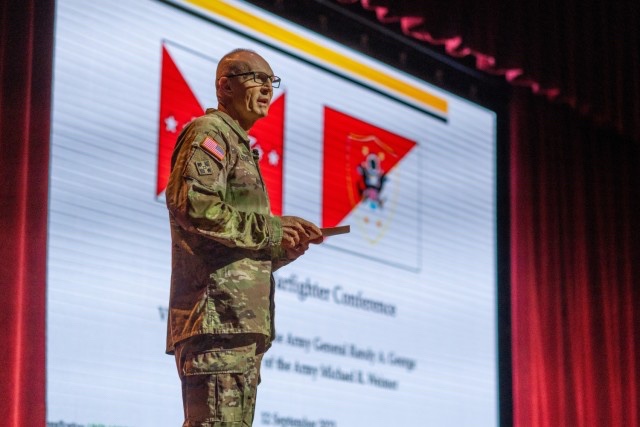
Fort Moore, Ga. – Top Army leadership from the Pentagon and major commands gathered here Sept. 12-14 for the Maneuver Center of Excellence’s Maneuver Warfighter Conference. The annual event, hosted by Maj. Gen. Curtis Buzzard, MCoE commanding general and Fort Moore’s senior commander, focused on the way forward for large scale combat operations, including presentations on maneuver modernization, multi-domain operations, robotics, electronic warfare, and data literacy as well as holistic health and fitness.
“For three days, we get to hear from the leaders of our Army. We get to focus on driving change and meet the challenges of Army 2030, shape the Army of 2040, and build a common visualization of where we’re going,” Buzzard said, emphasizing the importance of the MWFC.
Buzzard also mentioned the Army pivot to large scale combat operations, combined arms in a multi-domain environment, transparent battlefields, and the proliferation of unmanned systems as topics to be covered and discussed.
“We are at the epicenter of the changing character and immutable nature of war at the Maneuver Center of Excellence. This is exactly what we do: we focus on building the foundation and delivering trained and combat ready Soldiers and leaders to the operational force while also developing and integrating the doctrine and capabilities for the future,” Buzzard said.
Senior leader presenters attending the event included Gen. Randy A. George, U.S. Army acting Army Chief of Staff; Sergeant Major of the Army, Sgt. Maj. Michael R. Weimer; the U.S. Army Forces Command command team, Gen. Andrew P. Poppas and Command Sgt. Major TJ Holland; the U.S. Army Training and Doctrine Command command team, Gen. Gary Brito and Command Sgt. Major Daniel T. Hendrex; U.S. Army Pacific commanding general, Gen. Charles A. Flynn, and the U.S. Army Futures Command command team, Gen. James E. Rainey and Command Sgt. Maj. Brian A. Hesler; among others.
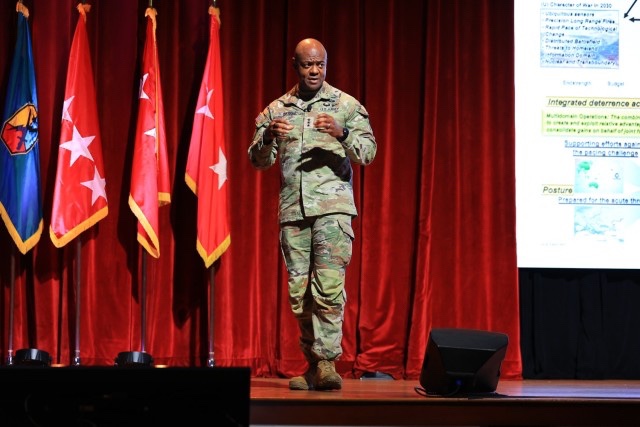
Special guest speakers included author and strategist Peter Singer and Mike “Coach K” Krzyzewski.
Realizing the Strategic Vision
“I want to talk to you a little bit about where the Army’s going,” said Gen. Randy George, acting Chief of Staff of the Army.
“We’re going to talk about our four focus areas,” the general stated, noting his newly refined focus areas of warfighting, continuous transformation, strengthening the profession, and delivering ready combat formations which were published only a week prior. “Our Army exists to fight and win wars; that’s why our number one focus area has to be warfighting – and be laser-focused on that.”
The general expanded that thought. “I expect you to focus on what makes you more lethal and cohesive,” he said, adding that anything “not contributing to lethality and cohesiveness” would have to be reviewed for possible removal.
“We going to have to change how we’re organized,” George continued, stating that he asked commanders at the four-star level to review their structure and adjust based on capability and environmental advances.
“We are going to change how we train,” he said, noting the current multi-domain environment. “We’re going to have to adjust going forward. We’re going to have to do things more rapidly.”
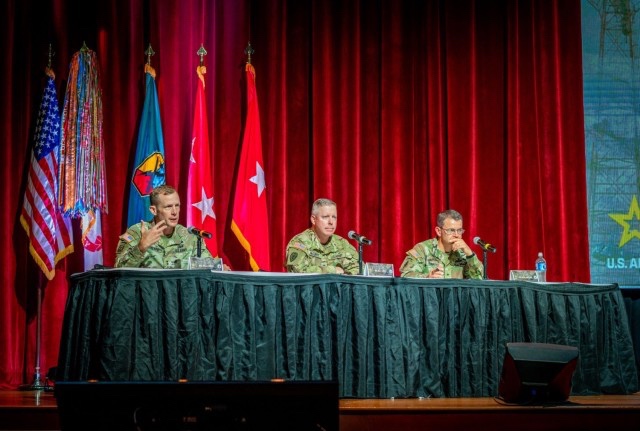
The best ideas, he added, most often were “bottom up”, originating in the field and the operational environment. “I ask you to think that, to write about it, to pass them up and to make sure we’re seeing them.”
“We’ve got some work to do,” said Michael Weimer, the recently sworn-in Sergeant Major of the Army. “We’ve got to transform how we develop our non-commissioned officers; we have to transform how we train; we have to transform how we manage our time, and I do believe that, at echelon, the non-commissioned officer has a key role to play in every one of those things.”
Achieve Army 2030
Gen. James E. Rainey presented remarks on the future of war from his perspective as head of U.S. Army Futures Command.
“There are three big things that are not going to change.” Rainey said, describing the first enduring element of the future of war as its definition: a contest of wills, the second as the immutable decisiveness of the land domain, and the third as the Army’s commitment to its values.
Regarding the last point, Rainey stated, “I believe the United States is going to continue to abide by the law of armed conflict, and that matters because that’s what separates us from the people we fight.”
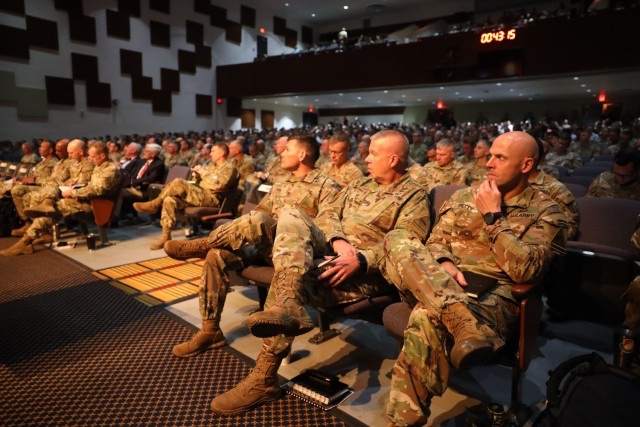
“What is going to change?” he asked. “We’re going to have to learn how to fight under constant observation and in constant contact in one form or another. That’s game changing. If I was a commander right now, I’d make sure I was putting more into counter-C5ISR (command, control, communication, cyber, intelligence, surveillance, and reconnaissance) than my own C5ISR.”
“Technology,” he stated, “indisputably favors the defense.” While defensive postures are getting stronger, he said, offensive warfighting is only getting harder and “more costly.”
Rainey also discussed the operational relationship between fires and maneuver.
“I think fires is going to bump up above maneuver again. We’ve gotten into thinking that fires is something to condition maneuver. I think the future is going to be about maneuvering to position fires. That’s a big, fundamental change.”
Rainey addressed other key issues facing the future Army, beginning with what he considers the impossibility of avoiding combat in urban areas.
“We’re kidding ourselves if we think we’re going to avoid fighting in cities. We’re not going to be able to avoid it.”
Shifting his comments to technology, he notably stated that, “If there’s one thing that you recall from today, this is it: technology is increasing the punishment of unskilled commanders and untrained units. If you’re not good, if you’re not prepared, you are going to pay for it at an unprecedented level.”
His remarks were echoed by Brig. Gen. Brian Vile, commanding general of the U.S. Army Cyber Center of Excellence at Fort Gordon, Ga., in a later panel discussion.
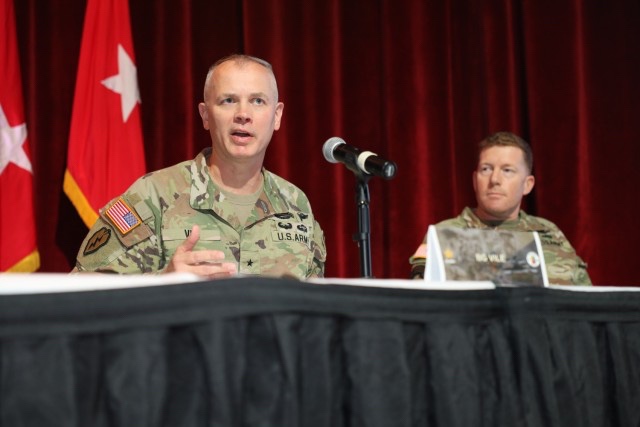
“It really boils down to two things,” Vile said. “First, we enable and defend friendly use of cyberspace and the electro-magnetic spectrum – EMS. The second thing we do is we deny our adversaries the use of cyberspace and EMS. If we’re successful, you’re going to fight like it’s 2030 and the adversary is going to fight like it’s 1914. We’re going to force them back to carrier pigeons. We’re going to force them back to runner-on-foot. We’re going to force them back to dumb weapons.”
Look Beyond 2030
The future is going to be about artificial intelligence, but in a very different way from how it’s been discussed so far, said Peter W. Singer, New York Times best-selling author and strategist for the New America Foundation. The age-old question of, “What if machines became intelligent?” is being addressed now, he said.
“It’s happening now, in our lifetime, and you are tasked to lead through this challenge,” Singer stated. “We’re only at the start of this journey. There’s no other area that is seeing as much change, as much investment, as much activity as this space.”
Artificial intelligence, Singer said, involves every country, every industry and will create opportunities everywhere.
“The editor of Wired magazine put it this way, ‘I think the recipe for the next ten-thousand start-ups is to take something that already exists and add AI to it.’”
Singer added that AI should be applied to the U.S. military today regarding maintenance, military medicine, acquisitions, intelligence analysis, and battle maneuver – nearly every aspect of what the Army does.
The three-day event concluded with remarks by coach Mike Krzyzewski, a graduate of the U.S. Military Academy at West Point and former Duke University and U.S. Olympics basketball coach.
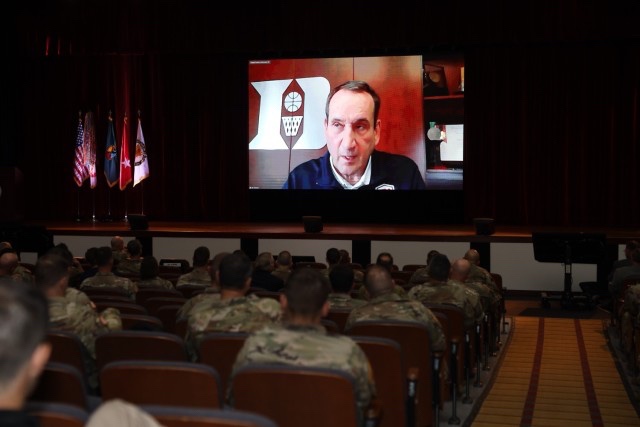
“I’m retired from coaching now, but I’m not retired from being a leader. I’ve been a leader my whole life. It’s the best profession in the world. It changes daily and you have to stay on top of things, and it really transcends every profession on this planet. If you do not have good leadership, you’re going to fail.”
“You are (leading),” the coach told the audience virtually from his office in North Carolina, “because you represent the best team on this planet – the United States Army. To be leaders on the best team in the world is such an honor and a huge commitment.”
“To me, leadership simply is having a group of people that you have the honor to lead, to use their talents to the highest level – not to put a ceiling on their talents – and coordinate them in the accomplishment of a mission.”
By Randy Tisor, Fort Moore Public Affairs Office









